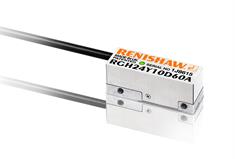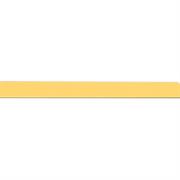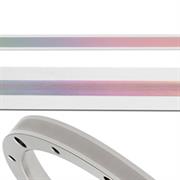Encoder legacy products
What are legacy products?
Legacy products are either not recommended for new designs or are being made obsolete.
Last time buy dates for products being made obsolete are detailed below:
Last Time Buy (LTB) dates
The products below are being made obsolete, however a Last Time Buy (LTB) option is available. LTB orders are required by the following dates:
| Product | LTB date | Suggested alternative* |
RGH34 readhead + RGI interface | 9th December 2024 | |
RGH40 readhead RGH41 readhead RGH45 readhead | 9th December 2024 | QUANTiC |
RGS40 scale | 9th December 2024 | RKLC40 |
RGS40-G scale | 9th December 2024 | |
RGSZ20 scale | 9th December 2024 | RKLC20 |
RTLR40 scale | 9th December 2024 | |
TONiC™ readhead with RGSZ20 scale | 9th December 2024 |
* Other alternatives might be suitable for your application. Please contact your local Renishaw representative for more details.
Readheads not recommended for new designs

Scales not recommended for new designs
Gold plated tape scales
| Scale | Suggested alternative (datasheet) |
| RGS20 | RKLC20 |


Obsolete products
The products below are now obsolete and no longer available to order: